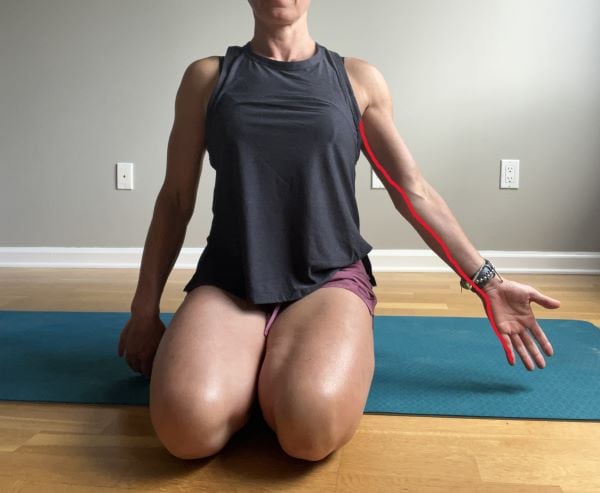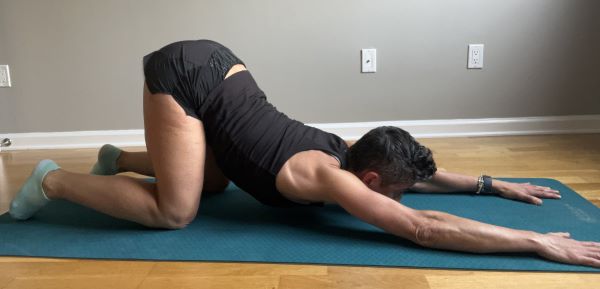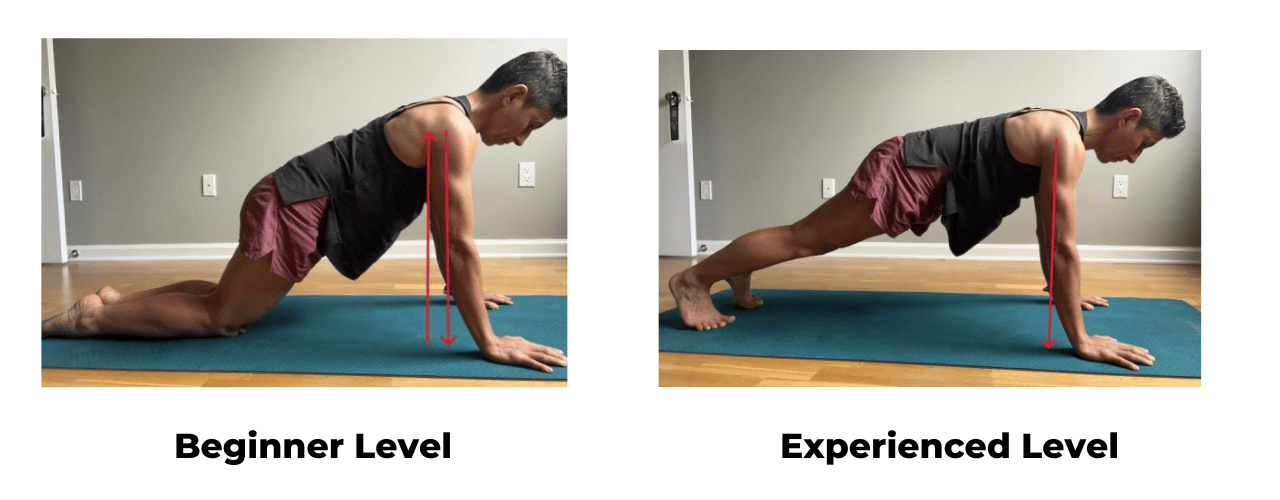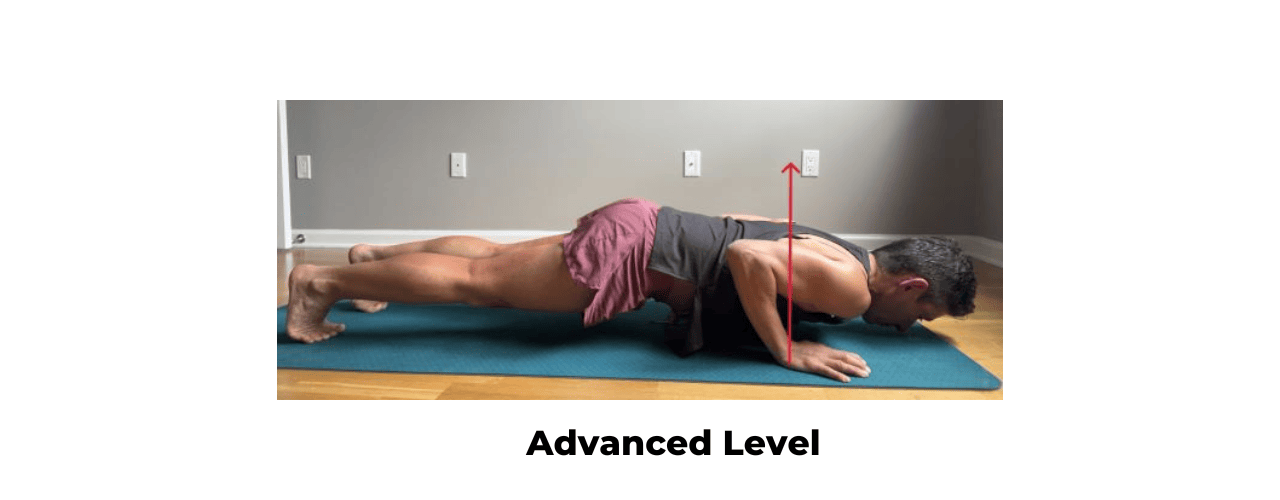
Restoring Balance
Balance your heart and pericardium meridians through yoga - By Micaela Madeddu
Reading time: 5 minutes

The Heart and Pericardium meridians play vital roles in maintaining emotional and physical balance. When these meridians are not balanced, they can manifest as emotional and physical symptoms. Understanding the signs of imbalance and incorporating specific practices can help restore harmony to these meridians.
Recognizing Imbalance: Imbalances in the Heart and Pericardium meridians can be identified through emotional and physical signs. Excessive emotions, extreme laughter, mental illness, and excess joy may indicate an excess or fullness of these meridians. Conversely, depression, anxiety, low self-esteem, and a lack of laughter may suggest a deficiency or emptiness in these meridians.
Physical symptoms of a full meridian may include palpitations, hot flushes or heavy sweating, mouth ulcers, and coughing. On the other hand, an empty meridian could present as a pale complexion, purple lips, weak and cold limbs, voice loss, vision problems, and frozen shoulder.
Restoring Balance: To restore balance to the Heart and Pericardium meridians, appropriate practices can be employed based on the perceived imbalance. The path of these meridians provides guidance for effective practices.
If the meridians are deemed full or in excess, a passive practice is recommended. Here are two poses to consider:
Melted Heart Pose:
- Begin on your hands and knees.
- Walk the hands forward, allowing your body to fall forward.
- Imagine lowering your chest and armpits towards the floor while lifting the hips at the opposite end.
- Hold the pose for 10-12 breaths, relaxing the body on each exhale.

Crossed Arms Pose:
- Lie down on your back and find a comfortable leg position.
- Hold opposite hand and elbow together, allowing the arms to fall back behind the head.
- If shoulder pain occurs, use a pillow to support the arms in this position.
- Stay in this pose, observing any changes in your body.

If the meridians are perceived as empty, an active practice is recommended. Try the following exercises:
Chaturanga Dandasana (Four-Limbed Staff Pose):
- Assume a push-up position, either on your toes or knees depending on your strength and experience.
- Lower your chest to the floor and push back up.
- Repeat this movement 5-6 times, focusing on controlled engagement.
- Afterward, pause and listen to your body.


Phalakasana (Plank Pose):
- Position yourself on your hands and toes. If needed, modify by dropping to your knees or lowering onto your forearms if there are wrist issues.
- Hold the pose for 30 seconds, repeating three times.
- Conclude the practice by stopping and attentively tuning in to your body's sensations.

By recognizing signs of imbalance and incorporating appropriate practices, we can restore harmony to the Heart and Pericardium meridians. Whether through passive or active practices, these exercises aim to restore balance and promote overall well-being. Remember to listen to your body and adjust the intensity of the practice accordingly. Enjoy your practice and embrace the benefits of a harmonious mind-body connection.
Namaste.







